After Venezuela and Colombia, the US president started threatening his country’s southern neighbor too.
After Venezuela and Colombia, the US president started threatening his country’s southern neighbor too.
By Carlos Fazio, from Mexico City / Mexico
Mexico and Venezuela share some commonalities in the current situation, but also significant differences. Both are countries possessing oil and other geostrategic resources disputed by the United States and China, and with varying degrees of intensity and situational impact, both are targets of a diffuse hybrid war waged by Washington, combining deterrence, psychological pressure, and military preparedness.
Another common thread is that both Nicolás Maduro and Claudia Sheinbaum have been subjected to intense and sustained soft and hard power actions by Donald Trump.
This despite the fact that they embody dissimilar political-ideological projects: with an inflection towards socialism in the Venezuelan case and of a national popular neo-developmentalist nature in the Mexican one and integrate into different international strategic alliances as well (Venezuela with Russia, China, Iran, Cuba and Nicaragua, and Mexico mainly with the United States, in a situation of dependence through the free trade agreement).
Likewise, from the beginning of his second term, as supreme commander of the armed forces and main propagandist of his strategy, with his sights set on Venezuela and Mexico, Trump fabricated an opinion matrix that equates drug cartels with foreign terrorist organizations (e.g., Al-Qaeda, ISIS, et al. ), a strategy of extraterritorial force – including military force – supposedly to combat drug trafficking, but which already foreshadowed the possibility of lethal air strikes with missiles and drones, to summarily assassinate civilians identified as criminals (without showing evidence), as has been happening in the Caribbean and the Pacific.
Hybrid warfare uses all kinds of means and procedures at different levels, whether it be conventional force (for example, the current naval military blockade on the coasts of Venezuela), or irregular warfare (soft coup, economic, preventive, legal [ lawfare], information, drug, counterterrorism, cognitive, cultural, media).
A central component of hybrid warfare is psychological operations (PsychoOp) and covert actions, such as those authorized by Trump in Venezuela for the Central Intelligence Agency. Tools of regime change policies, covert actions serve to generate coups, false flag operations, and to destabilize and create social and political chaos on the ground through various actors.
To this end, in addition to the CIA, the United States has 15 other agencies of the so-called intelligence community (DIA, NSA, FBI, DEA, NRO and others) and foreign relations offices dependent on the State Department (embassies, consulates, missions to international organizations, etc.).
In addition to the CIA’s covert agents planted on the ground, the Pentagon’s main instruments of interference abroad are the Navy SEALs and the Army’s Joint Special Operations Command Delta Force. In turn, for their clandestine actions in Venezuela and Mexico, the CIA, the DEA, the DIA, and the FBI recruit “native assets” as informants and local operators (military and members of the state’s intelligence and security apparatus, politicians, journalists, members of the underworld, drug cartels, paramilitaries, mercenaries, and a long etcetera), who act as agents of espionage networks and/or generators of violence and chaos, as in the Venezuelan opposition’s barricades led by María Corina Machado and, eventually, under the guise of Mexican criminal economy groups, in destabilizing symbolic executions, such as the one that just claimed the life of the mayor of Uruapan, Carlos Manzo, in Michoacán.
Other essential and complementary elements of Washington’s open and covert destabilizing actions in Venezuela and Mexico are the use of state-of-the-art technologies (cyber warfare) combined with other methods of influence such as the sowing of disinformation, white, gray and black propaganda, and fake news followed by systematic and persistent repetition and poisoning techniques in the hegemonic mass media.
All these hybrid modalities – which increase the uncertainties inherent in the “fog of war” and clandestine missions – are preceded by press operations that invariably continue until the end, constantly feeding back into each other and projecting themselves to the public.
A typical example of gray propaganda, bearing the hallmark of joint disinformation operations by the CIA, Britain’s MI5, and Israel’s Mossad, and possibly manufactured on the ground by US Ambassador Ronald Johnson, a veteran of clandestine operations, is the leak to journalist Barak Ravid (who served in the Israeli intelligence division Unit 8200) from the US media outlet Axios, amplified worldwide by Reuters, regarding the alleged attempt to assassinate Tel Aviv’s ambassador to Mexico, Einat Kranz Neiger, citing a “US official” who spoke on condition of anonymity.
According to Ravid, the operation was allegedly directed by a unit of the Islamic Revolutionary Guard Corps, “which for years has recruited agents throughout Latin America from the Iranian embassy in Venezuela.” Denied by the Venezuelan Foreign Ministry and the Secretariat of Security, the leak was intended to demonize Iran and strain relations between Tehran, Caracas, and Mexico.
This article first appeared in Spanish ş the Mexican daily newspaper La Jornada, translation to English by UWI.




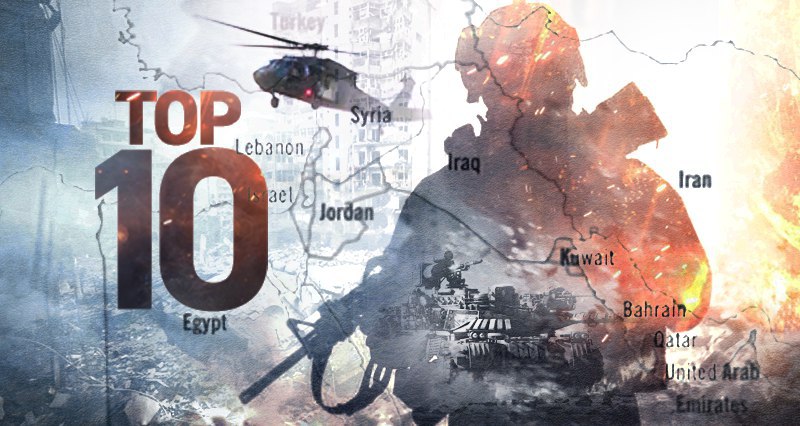




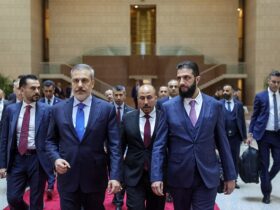



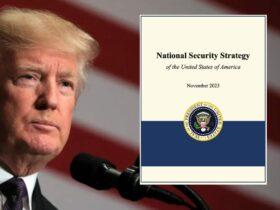
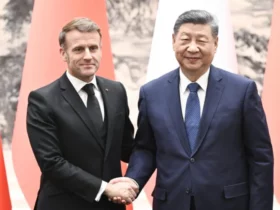

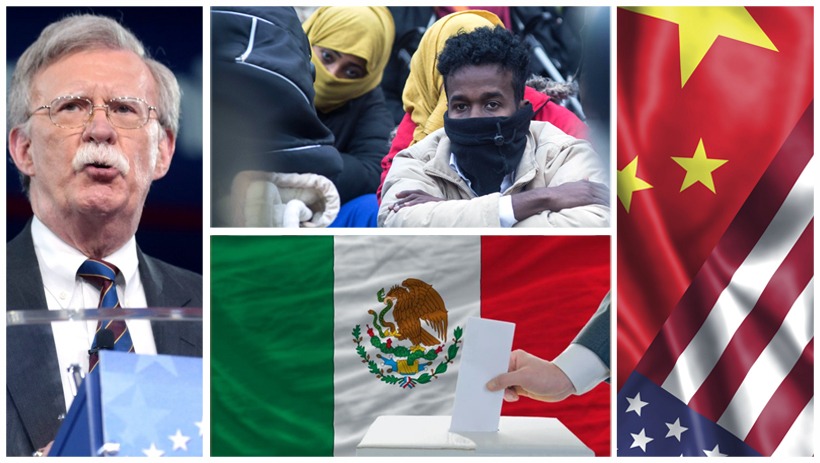
Leave a Reply